What's the plan to restructure the Wisconsin prison system?
A plan put forth by Gov. Tony Evers to close, build or repurpose several Wisconsin Department of Corrections prisons is advancing, with a particular focus on the future of the juvenile justice system.
By Steven Potter | Here & Now
October 30, 2025
A plan to close or repurpose Wisconsin Department of Corrections prisons is advancing.
Democratic lawmakers are pushing for big changes to how and where the Wisconsin Department of Corrections locks up convicted criminals.
Gov. Tony Evers has proposed plans for a number of the state’s prisons, and changes are already in the works for some of its youngest prisoners.
“We need to ensure that folks that are currently incarcerated need to have, again, adequate conditions at least — that’s the bare minimum,” said state Sen. Dora Drake, D-Milwaukee.
In the proposal from Evers that’s supported by his fellow Democrats in the state Legislature, several significant upgrades and changes would be made to the state prison system.
“The only path forward, and I certainly hope that we can still find a way forward, is through bipartisan consensus,” said state Sen. Andre Jacque.
Evers again urged the State Building Commission to spend $15 million to set in motion what he’s called a “comprehensive correctional facilities plan.” The commission approved this spending in a meeting on Oct. 28.
The governor first unveiled this plan – which he calls a a “domino” series of projects across six Department of Corrections facilities during the 2025-27 state budget process.
“These steps are each a critical part, a crucial part of this comprehensive plan. And they have to happen together,” Evers said at a Feb. 14 press conference.
Primary among these changes is closing the Green Bay Correctional Institution – a 125-year-old facility which has seen severe understaffing and overcrowding issues as well as inmate violence and lengthy prisoner lockdowns.
Another change would be to transform the Waupun Correctional Institution into a “vocational village” that would create skills training and workforce readiness programs for inmates to help them land jobs after their release.
Other changes include converting the Stanley Correctional Institution into a larger capacity maximum-security facility and converting the John C. Burke Correctional Center – also in Waupun – into a female institution and adding hundreds of more beds there.
The Evers plan also calls for adding more minimum security beds to the Sanger B. Powers Correctional Center in Outagamie County, and to convert the long-troubled Lincoln Hills and Copper Lake youth prisons in far northern Wisconsin into adult facilities.
“There’s not an alternative to my plan that is safer, faster, and cheaper, period, except for doing nothing,” Evers said at the February press conference.
Drake – who represents parts of and some suburbs of northern Milwaukee – wants to see the funding for the plan move forward.
“Put funding where it needs to go so we can close down some of our facilities that we know are severely outdated and it’s harmful for folks that are incarcerated and the workers,” she said. “Provide a different system where we are providing vocational opportunities.
Separate and aside from this push for Evers’ prison plans, there is already major change underway for where the state houses minors convicted of serious crimes. That’s through the construction of a brand new youth prison for boys in Milwaukee being built in Drake’s district.
With money already allocated, the new youth prison in Milwaukee is expected to cost $78 million. It will include educational, vocational, counseling and recreational programs aimed at lowering the recidivism rate for young people in the juvenile justice system.
“It’s needed because people — our children — need to be closer to home,” Drake said. “If we’re serious about uplifting our young people, then all of us have a part to play in that — point blank, period.”
Drake points out that the state corrections system needs all of these changes – and even more adjustments – to better help the majority of prisoners who will, ultimately, be released.
“Whether you’re a child or an adult, you are coming home,” she said. “And so what are we doing to ensure that you get the wraparound services to not only come back home and have a fair shot at being successful?” she asked. “What can we be doing as a state in being proactive?”
 Passport
Passport
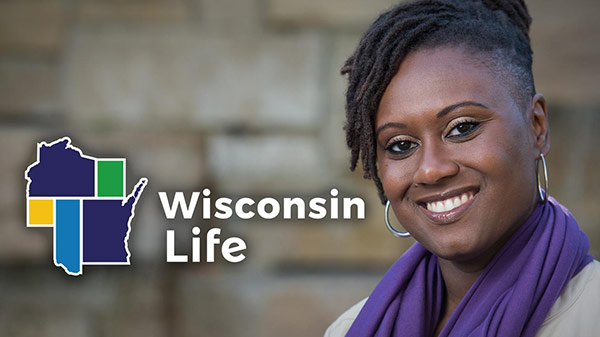

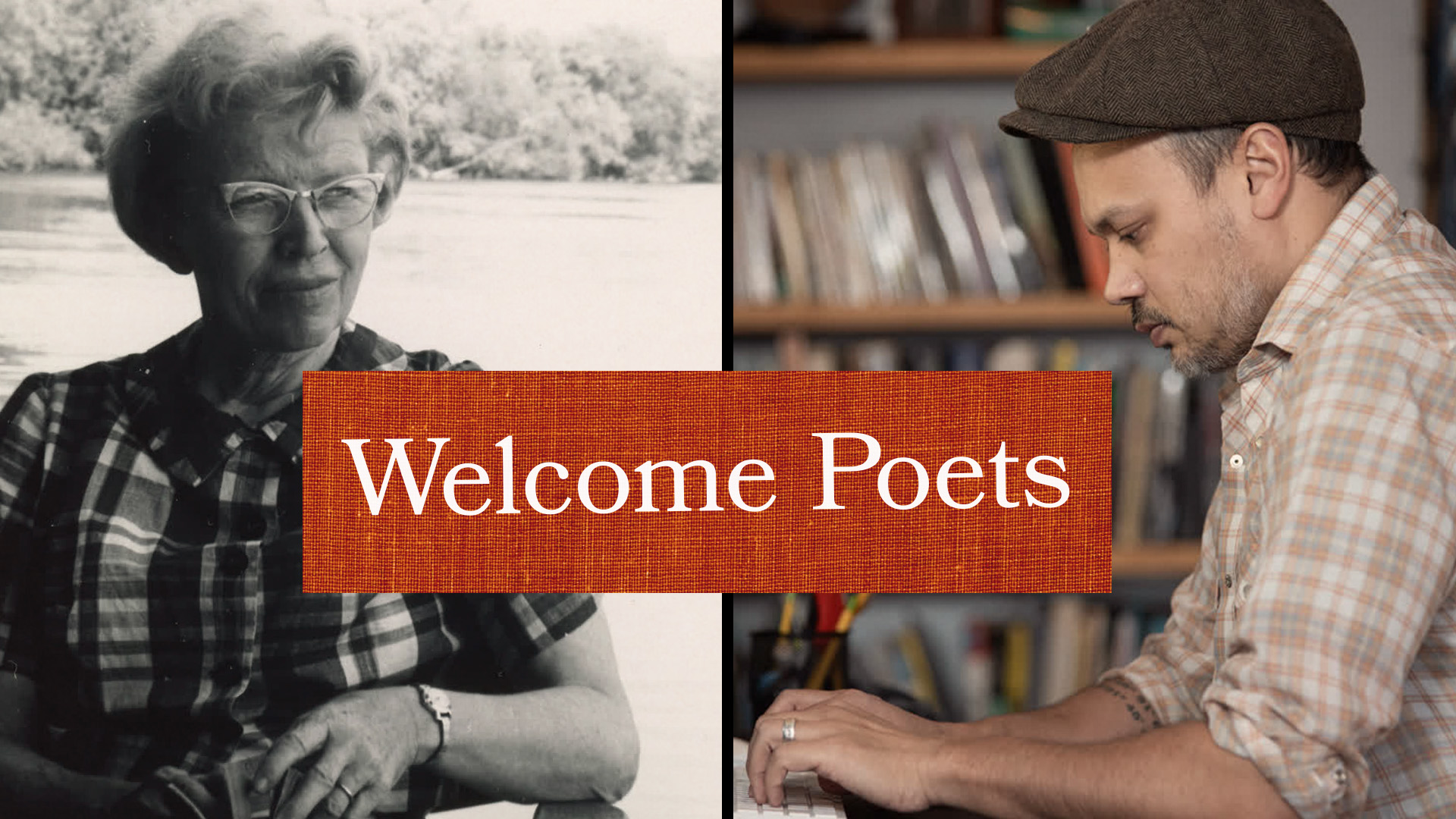
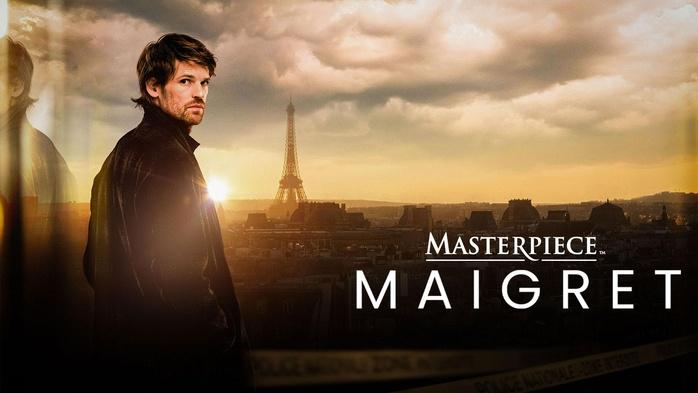
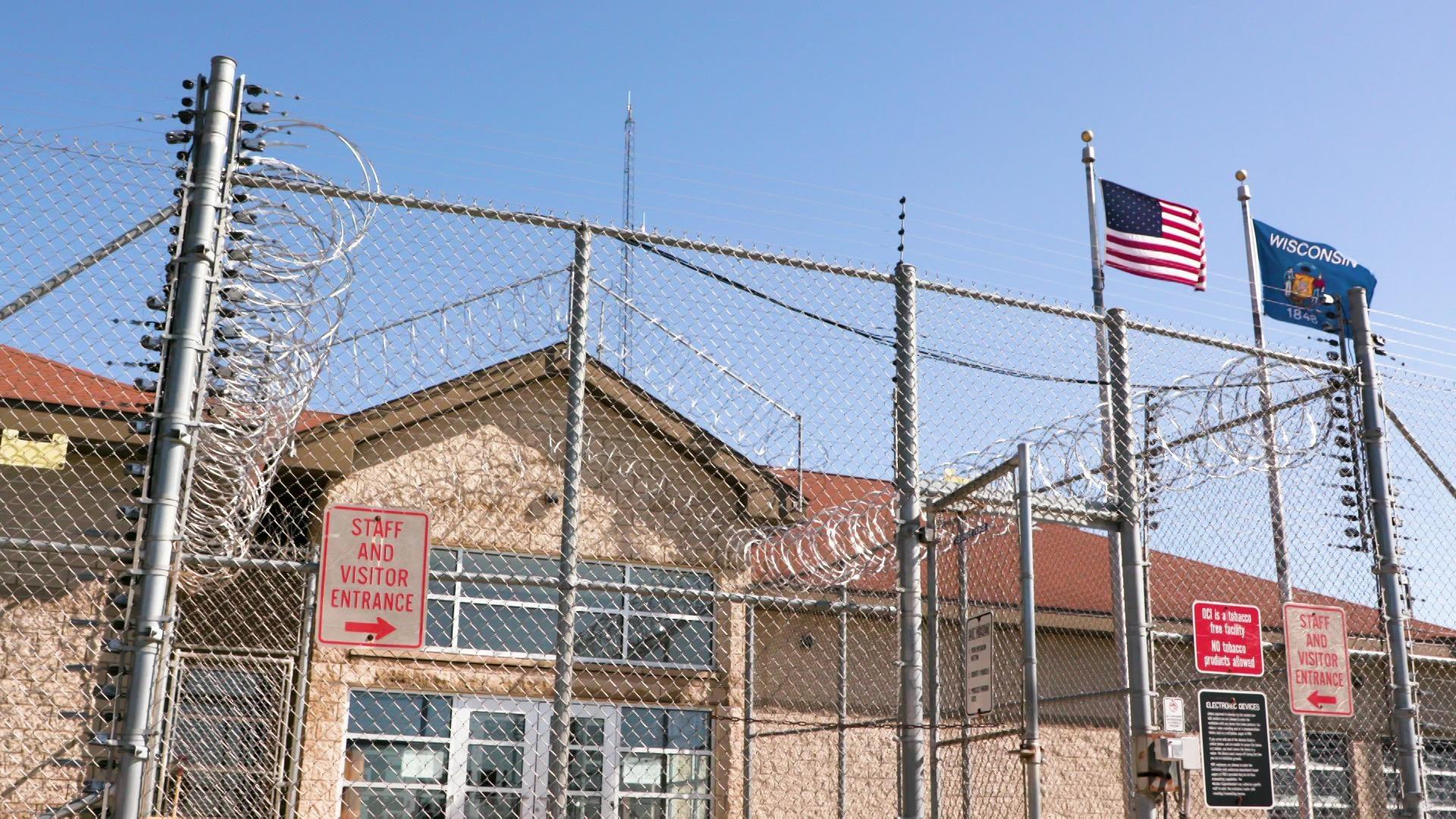
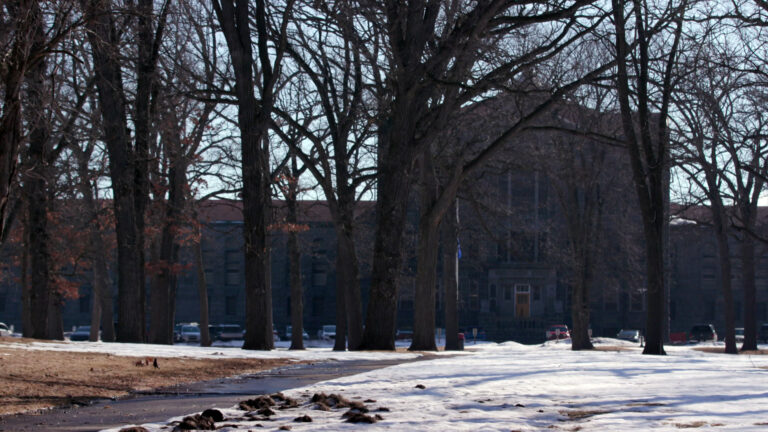
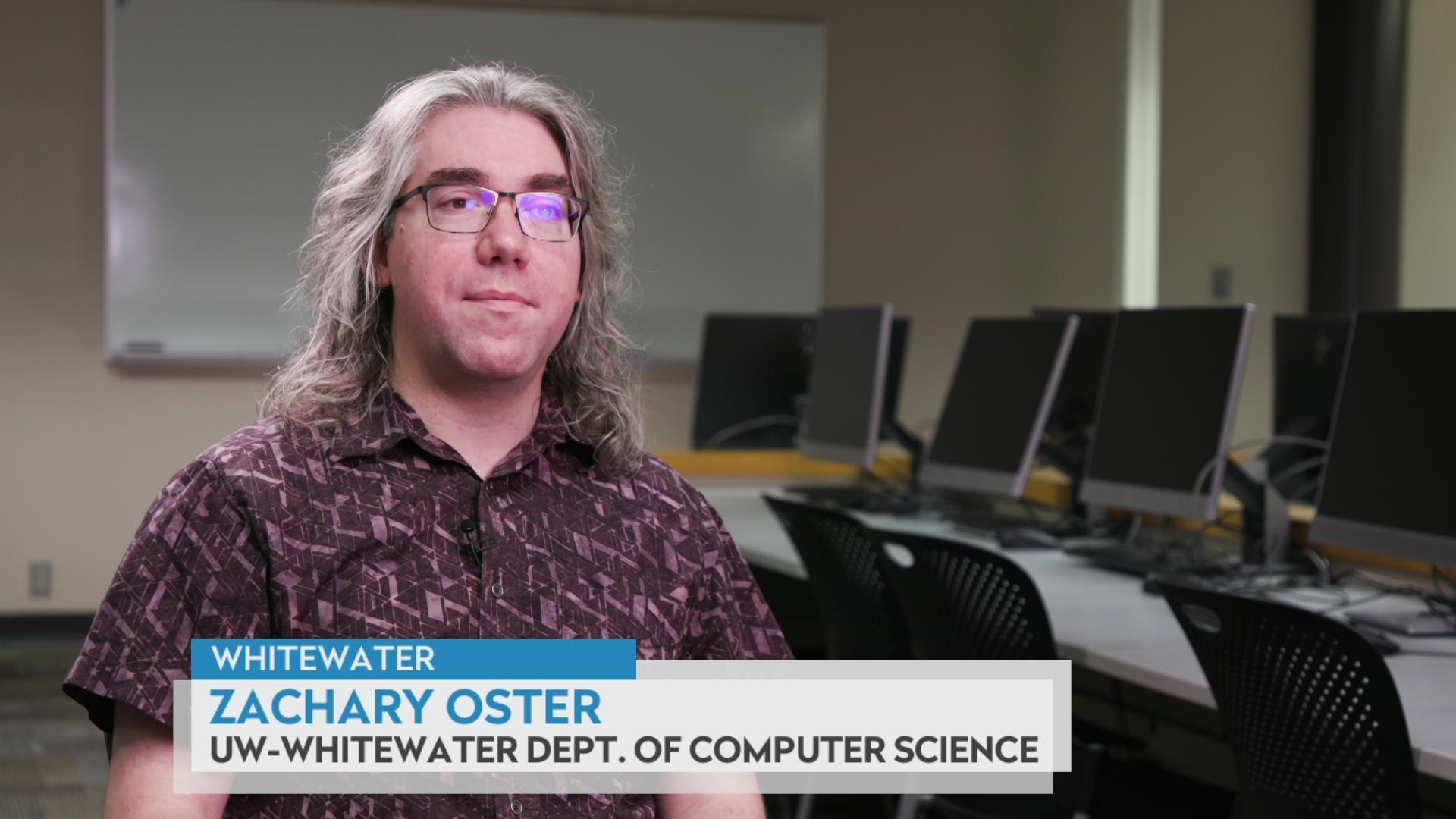
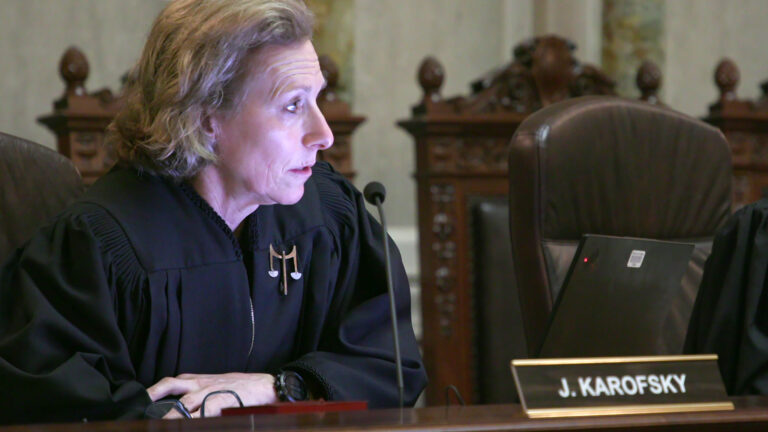
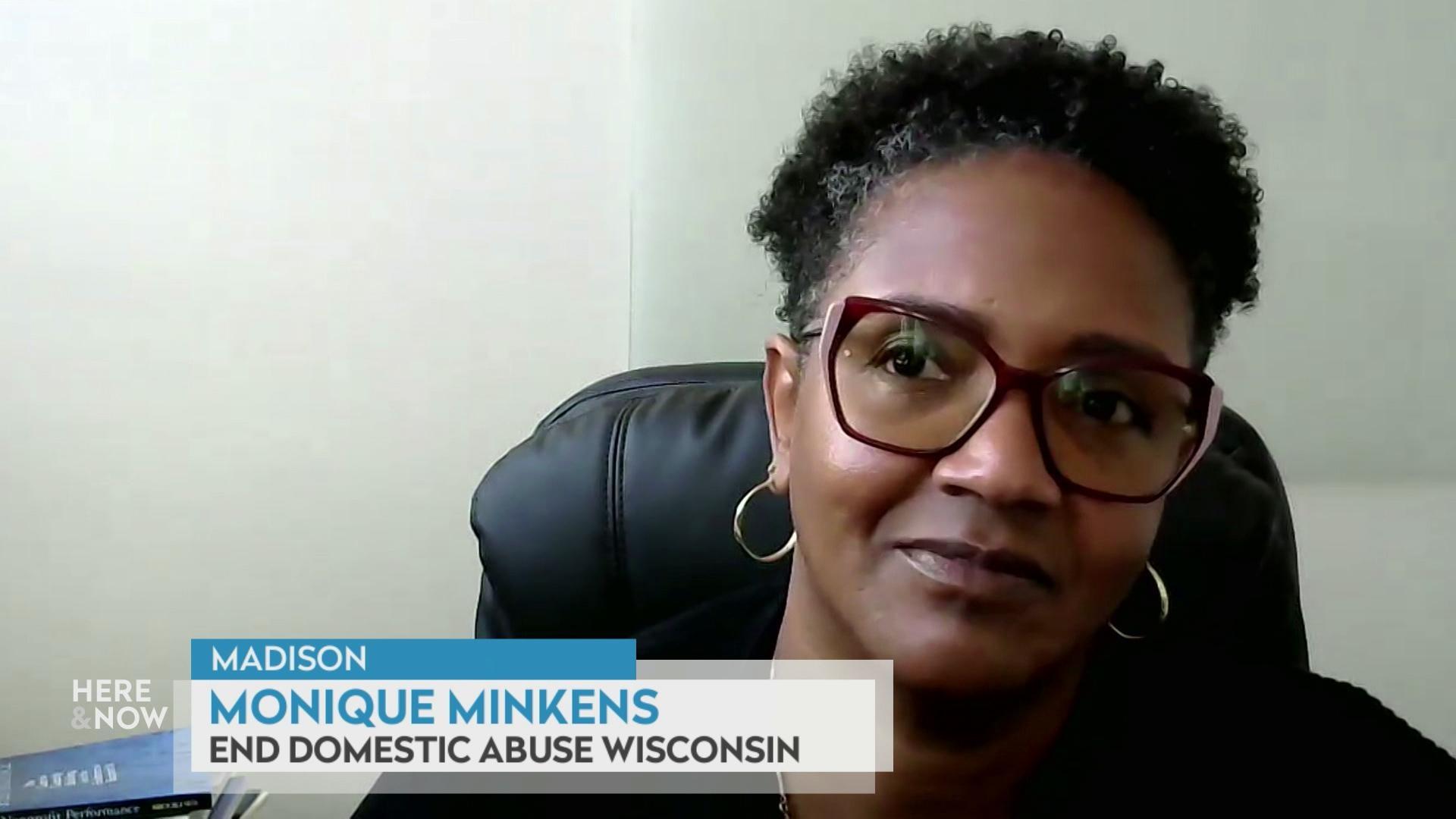
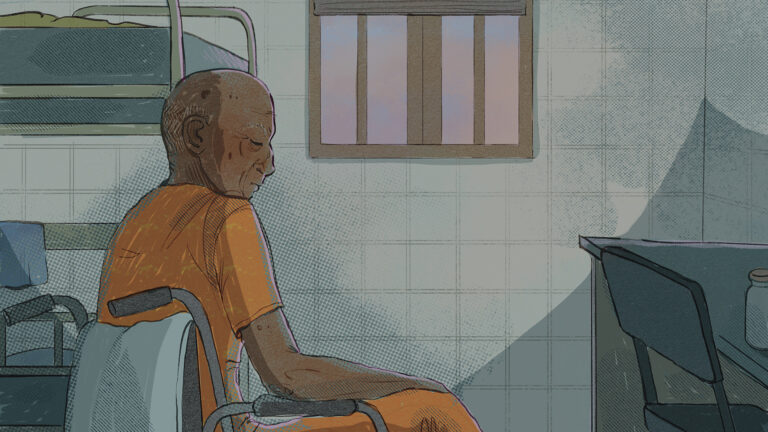

Follow Us